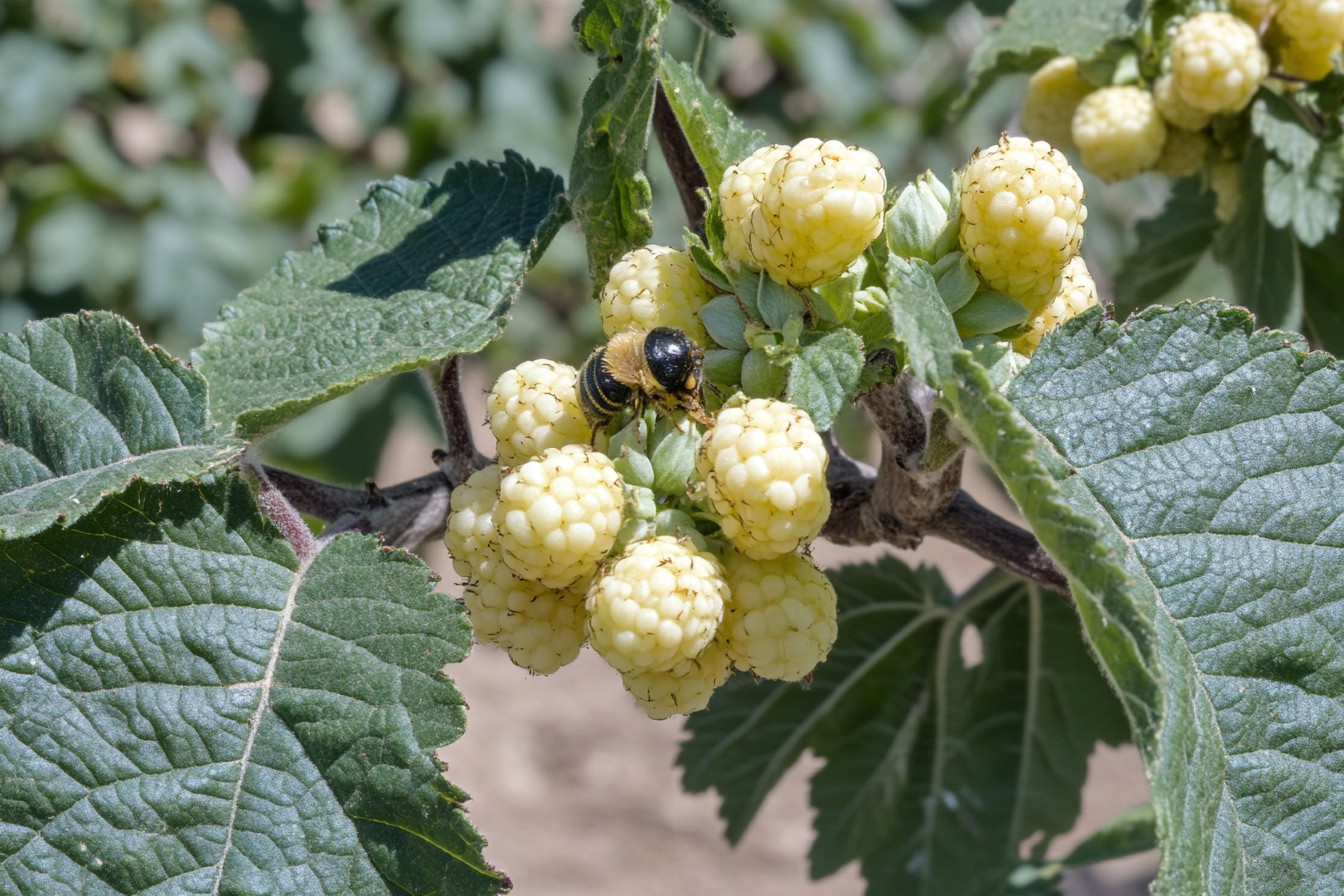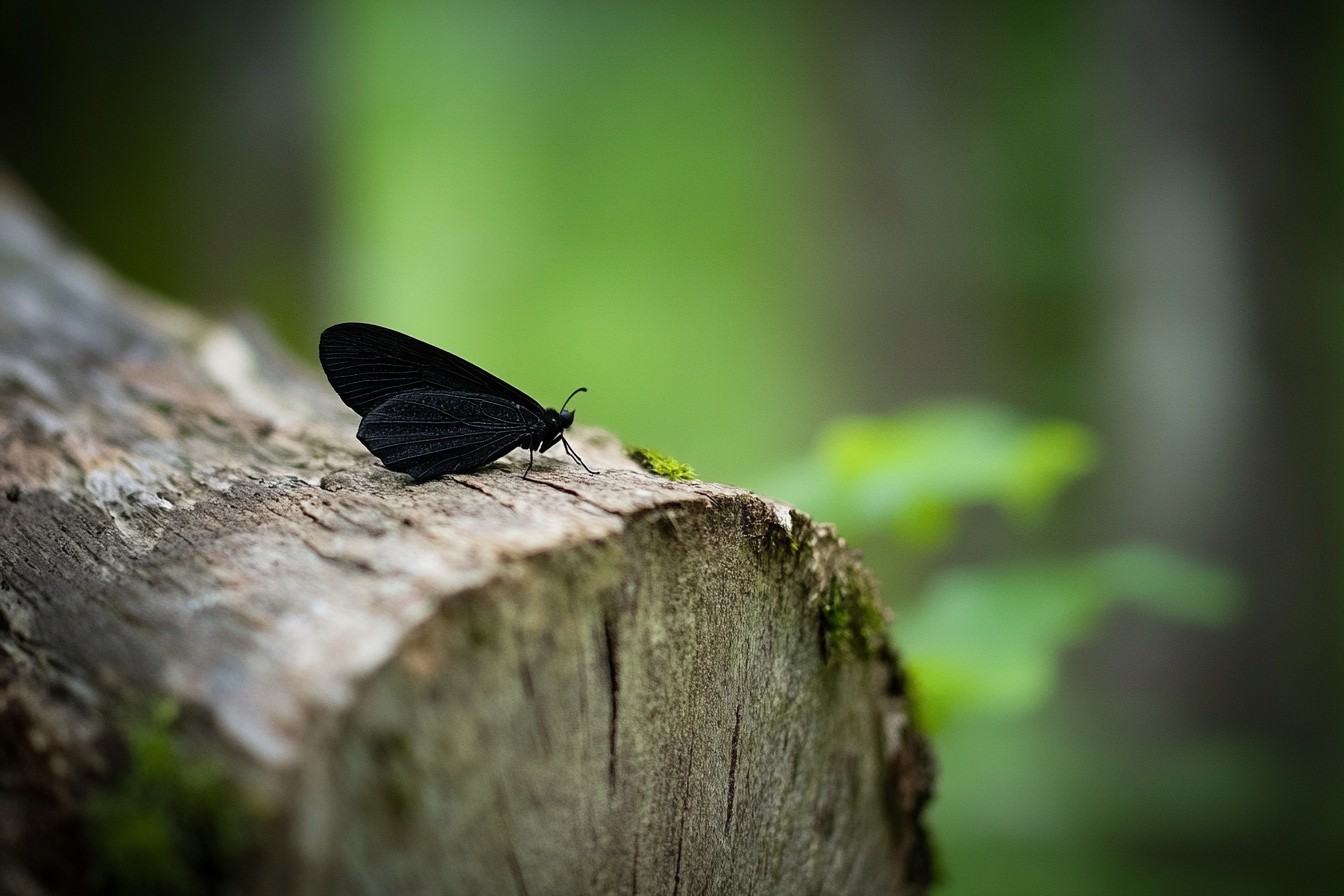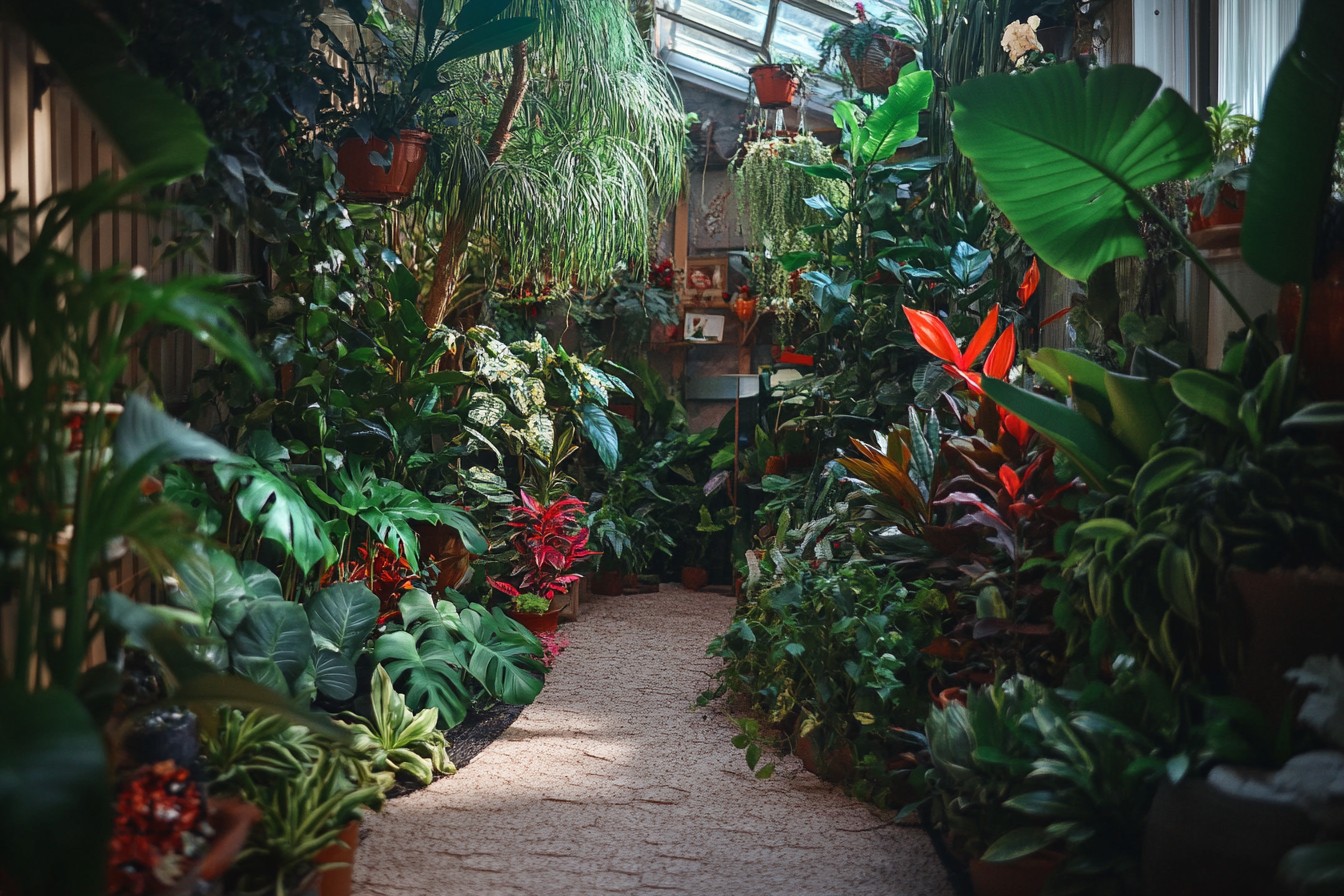If you’d told me ten years ago that I’d someday be deliberately releasing insects into my apartment, I would’ve assumed you were describing some kind of nightmare scenario. Yet there I was last summer, standing on a stepladder in my living room at 11 PM on a Tuesday, gently tapping a container of predatory mites onto my prized pepper plants while whispering encouragement like some kind of weird plant daddy. “Go get ’em, little guys.
Those spider mites don’t stand a chance.” My neighbor Darla caught me mid-release when she dropped by to borrow sugar. She didn’t ask for an explanation, just slowly backed out of my apartment with a look that suggested she might be reconsidering our friendship. The road to becoming That Guy Who Mail-Orders Beneficial Insects started with a simple dream: growing food without dousing it in chemicals I couldn’t pronounce.
When I first expanded from my sad office pothos to actual food crops, I figured pests were something that happened to outdoor gardens, not seventh-floor apartments with decent window screens. Nature, as it always does, quickly humbled me. My first pest apocalypse arrived in the form of aphids hitching a ride on a bell pepper plant I’d brought in from a community garden plot.
I noticed them about three days too late, after they’d already established thriving colonies on nearly every plant in my east window. They were these tiny green menaces, practically transparent, clustering on the undersides of leaves and new growth points. In a panic, I hit up Google at 2 AM, which is never the start of a good decision-making process.
My first attempt at organic pest control was a homemade soap spray – just a few drops of dish soap in water. The internet promised it would work like magic. What it actually did was kill about 30% of the aphids while simultaneously leaf-burning my basil plants so badly they looked like they’d been through a tiny vegetable war.
The aphids on my other plants seemed almost offended by my attempt, multiplying even faster out of spite. Round two involved neem oil, which everyone in every gardening forum swore by with religious fervor. I ordered a bottle, diluted it according to directions, and carefully sprayed every plant, making sure to get the undersides of all leaves.
The smell – oh god, the smell. My entire apartment reeked like someone had combined garlic, sulfur, and wet dog into an unholy aromatic trinity. My then-girlfriend refused to come over for a full week.
The aphids slowed down but didn’t disappear completely, and some of my more sensitive herbs developed yellow splotches where the oil had concentrated. That’s when I discovered the wonder of beneficial insects – the good bugs that eat the bad bugs. My first order was for ladybugs, which arrived in a mesh bag inside a refrigerated container.
The instructions said to release them at dusk, after misting plants with water so the ladybugs would have something to drink. What the instructions failed to mention was how to contain hundreds of disoriented, thirsty ladybugs in an apartment with ceiling fans. The Great Ladybug Release of 2019 has become legendary among my friends.
Within minutes, I had ladybugs everywhere – crawling up walls, exploring light fixtures, investigating my coffee maker, and yes, occasionally finding aphids on my plants. For weeks afterward, I’d find them in unexpected places. Open a book?
Ladybug. Put on a shoe? Ladybug.
One memorable morning, I woke up to find one exploring my nostril, which is a very disconcerting way to start your day. But I have to admit – the aphids were gone within 48 hours. After that success-slash-disaster, I got more strategic about my pest management approach.
I learned that prevention beats reaction every time, and that different pests require different strategies. Here’s what actually works in my urban jungle, after countless experiments, failures, and occasional successes:
First, quarantine is non-negotiable. Every new plant that enters my apartment spends two weeks in isolation on my bathroom counter before joining the general population.
This was a lesson learned the hard way after the Aphid Incident and later reinforced by the Spider Mite Calamity of 2020, which nearly wiped out my entire tomato project. Those two weeks give any hitchhiking pests time to reveal themselves before they can spread. Yes, my bathroom sometimes looks like a plant holding cell, but it’s saved me countless pest headaches.
Regular inspection became part of my routine – not just casual glancing at plants while watering, but actual, intentional inspection with a magnifying glass. Every Sunday morning, coffee in hand, I check the undersides of leaves, the crevices where leaves meet stems, and the soil surface of every food-producing plant. It sounds obsessive because it absolutely is, but catching a problem when it’s just five aphids rather than five hundred makes all the difference.
My arsenal of organic solutions expanded beyond just neem oil (though I still use it occasionally, with all windows open and advance warning to anyone planning to visit). I discovered diatomaceous earth, this weird powdery stuff made from fossilized algae that feels like talcum powder but acts like microscopic razor blades to insects with exoskeletons. Sprinkled on soil surfaces, it prevents fungus gnats – those tiny black flies that seem to spawn spontaneously from new potting soil.
The first time I used it, I accidentally breathed some in and spent ten minutes coughing dramatically, convinced I was shredding my lungs. I wasn’t – it’s harmless to mammals – but I now wear a mask when applying it because I’m dramatic enough without the coughing fits. For fungus gnats, I also use mosquito bits, which contain a bacteria called BTI that kills only mosquito and fungus gnat larvae.
I brew them like tea, soaking a tablespoon in my watering can for 30 minutes before watering plants. It sounds like witch’s brew gardening, and honestly feels like it too, but it reduced my fungus gnat population by about 90% within two weeks. The remaining 10% seemingly have superpowers or possibly tiny scuba gear.
My most effective strategy for aphids became preventative releases of green lacewings, which arrive as eggs that hatch into voracious larvae. Unlike the ladybug fiasco, these stay put because the larvae can’t fly. They’re not exactly charming – they look like tiny alligators – but watching them hunt down aphids gives me a disturbing level of satisfaction.
“Get ’em, buddy,” I’ve caught myself whispering, hunched over a basil plant with a magnifying glass like some kind of garden-variety supervillain. Spider mites presented my biggest challenge. These microscopic demons can destroy a plant before you even realize they’re there, leaving mysterious stippling on leaves and fine webbing in their wake.
After losing several pepper plants to these invisible vampires, I invested in predatory mites – specifically Phytoseiulus persimilis, which I can neither spell consistently nor pronounce correctly. They arrive on carrier material that looks suspiciously like dandruff, which you then sprinkle onto affected plants. They’re too small to see with the naked eye, which makes the whole process feel like an act of faith.
“I believe in you, invisible mite warriors,” I whisper while shaking what appears to be nothing onto my plants. For white flies, those tiny moth-like insects that explode into the air when you disturb an infested plant, I discovered yellow sticky traps. These are exactly what they sound like – yellow cards coated with a sticky substance that traps flying insects.
They’re remarkably effective but also indiscriminate, occasionally catching beneficial insects or, in one memorable instance, a significant amount of my hair when I leaned too close to inspect a trap. Extracting myself without assistance was a yoga position I hope never to repeat. The most surprising effective pest control method came from improving air circulation.
I invested in several small clip-on fans that keep air moving around my plants, making the environment less hospitable for pests that prefer still, humid conditions. The side benefit is stronger stems on all my plants from the constant gentle movement, similar to how wind strengthens plants outdoors. My tomato seedlings used to flop over like overcooked spaghetti; now they stand up straight like they’ve been to plant military school.
Companion planting works even in containers. I interplant basil with my tomatoes, marigolds with my peppers, and nasturtiums throughout as a trap crop for aphids. Beyond pest management, this creates this wild, jungle-like aesthetic that makes my apartment look intentionally lush rather than like the experiment in controlled chaos it actually is.
When people visit, they think the marigolds scattered among my vegetables are a design choice rather than tiny pest-management soldiers. The strangest solution I’ve implemented is my bathroom spider policy. I have exactly one spider that I allow to live in each room of my apartment.
They have names – Charlotte in the kitchen, Peter in the living room, Webster in the bathroom (I know, I’m not exactly winning creativity awards here). They take care of the occasional fungus gnat that escapes my other measures, and we have an understanding – they stay in their designated corners, I pretend not to see them when showing my apartment to new people. It’s a relationship that works for all parties involved, except perhaps for the fungus gnats.
My most recent pest management acquisition is a UV sterilizer wand that I wave over the soil surface like a deranged gardening wizard. It supposedly kills fungus gnat larvae and various pathogens. Does it work?
The scientific evidence is mixed at best, but I haven’t had a fungus gnat outbreak since I started using it, so I’m filing it under “weird things I do that might be helping but could just be garden superstition.”
The biggest lesson I’ve learned through all of this trial and error is that organic pest management isn’t about eradication – it’s about balance. I no longer panic at the sight of a single aphid. Instead, I watch to see if my resident beneficial insects handle it.
They usually do. I’ve created a little ecosystem in my apartment where something is always eating something else, which sounds terrifying but is actually how nature is supposed to work. Sometimes visitors notice the yellow sticky traps or the little sachets of predatory mites hanging from plant stems and ask questions that quickly make them regret showing interest.
Nothing ends a conversation at a dinner party quite like an enthusiastic explanation of how predatory mites liquefy spider mites and then drink them. But for those who stick around through the gross parts, there’s real fascination in how this miniature ecosystem functions. My dad, during his last visit, watched me releasing a new batch of lacewing eggs onto my pepper plants.
“All this trouble for a few vegetables you could buy for two bucks at the store,” he said, shaking his head. Then he took a bite of a salad made with homegrown greens and organic cherry tomatoes that had never seen a drop of pesticide. He chewed thoughtfully for a moment.
“Tastes different, though,” he admitted. “Better.” From the guy who still teases me about his drowned fern, that’s high praise indeed.









